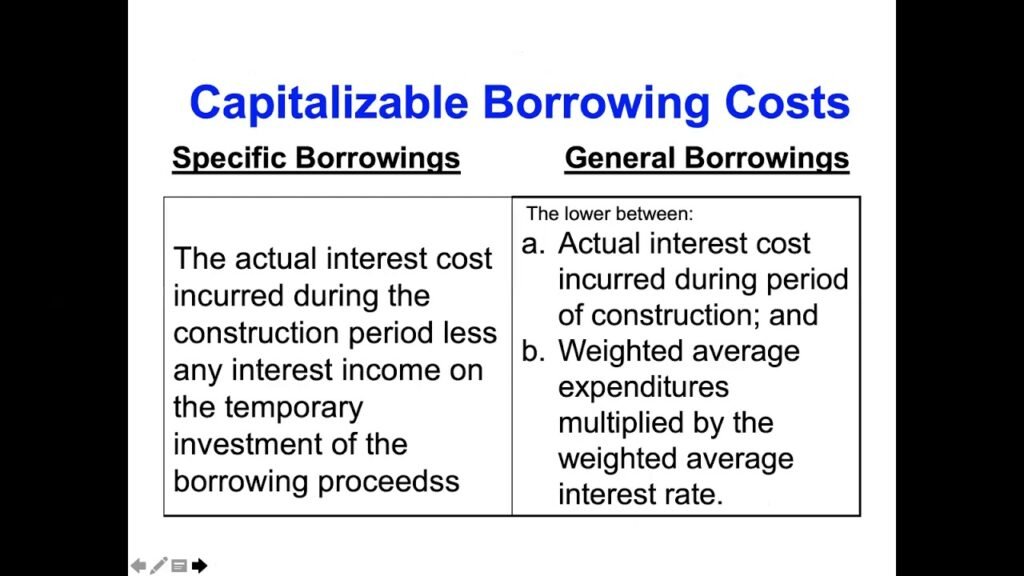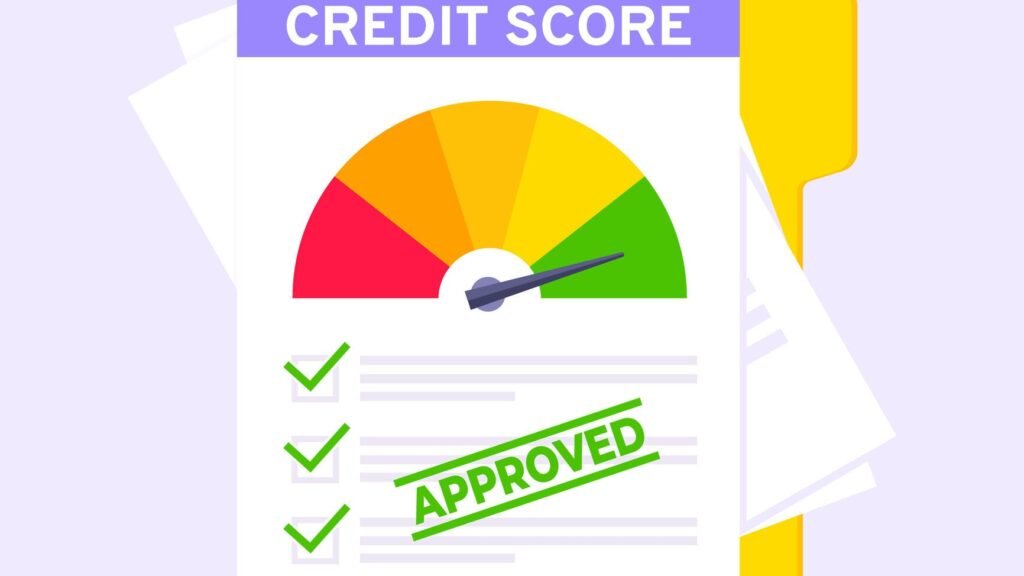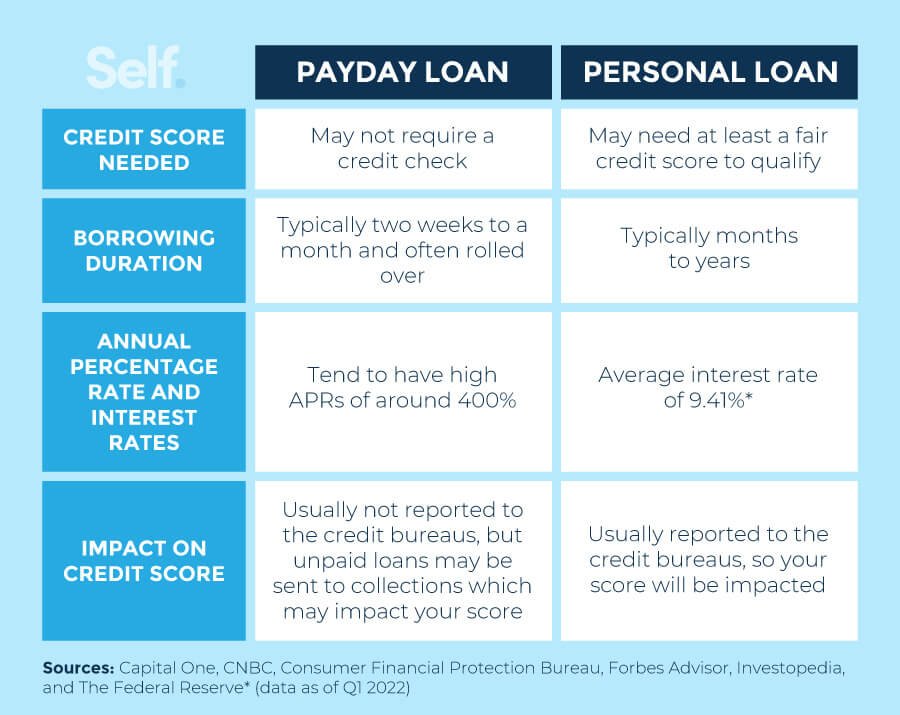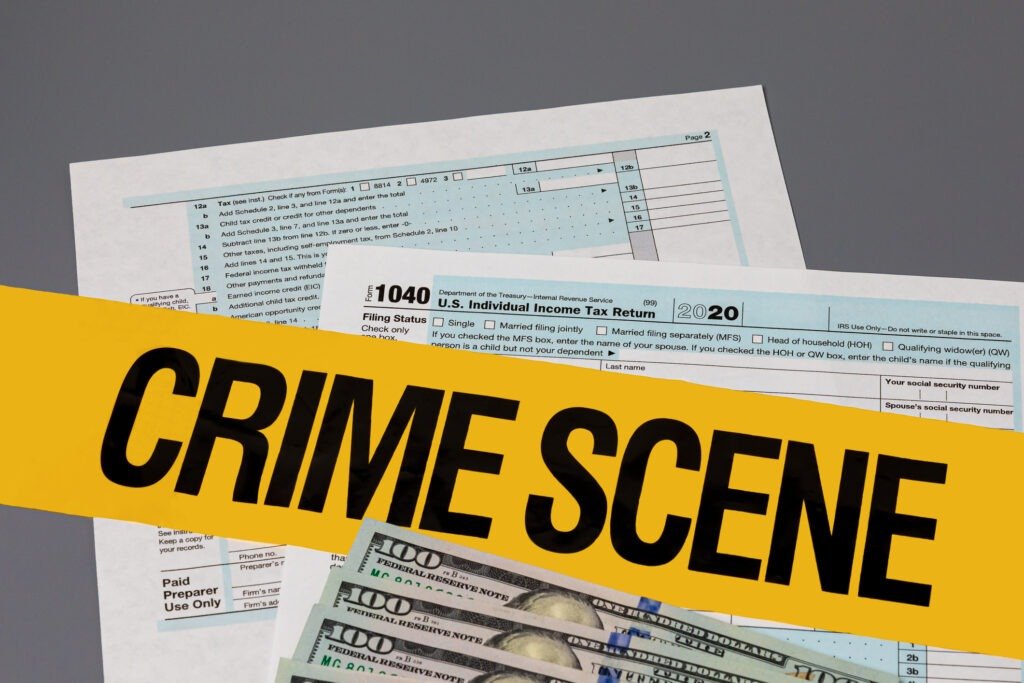
An Analysis of the Effects of Elevated Interest Rates on the Economy
When interest rates are elevated, the effects on the economy can be far-reaching. One of the most notable impacts is seen in the borrowing and lending practices of individuals, businesses, and the government. With higher interest rates, the cost of borrowing increases, making it more expensive for individuals and businesses to take out loans or credit. This, in turn, can lead to a decrease in consumer spending and business investment, as individuals and businesses become more cautious about taking on debt. Furthermore, higher interest rates can also affect the housing market, as mortgage rates rise and make it more expensive for potential homebuyers to finance their purchases. Ultimately, the overall economic growth and stability of a country can be significantly influenced by the level of interest rates set by its central bank.
Another key area impacted by elevated interest rates is consumer spending and saving habits. When interest rates are high, the cost of borrowing becomes more expensive, which can discourage individuals from making purchases on credit and instead encourage them to save their money. Higher interest rates can also lead to increased savings rates as individuals seek to take advantage of the higher returns offered on their savings. This shift in consumer behavior can have a direct effect on the overall demand for goods and services, as well as the profitability of businesses. Additionally, high interest rates can have a knock-on effect on investments, as individuals and businesses may be less willing to invest in riskier assets or projects when the cost of borrowing is high. Hence, the setting of interest rates can significantly impact both individual financial decisions and overall economic activity.
The Relationship Between Interest Rates and Borrowing Costs
When it comes to the relationship between interest rates and borrowing costs, there is a direct correlation that affects both individuals and businesses. Interest rates, set by central banks and financial institutions, serve as the cost of borrowing money. When interest rates are high, borrowing costs increase, making it more expensive for individuals and businesses to take out loans or access credit.
For individuals, higher interest rates raise the cost of borrowing for big-ticket items such as homes and cars. Mortgages and auto loans become more expensive, as the higher interest rates increase the amount of interest paid over the life of the loan. This can impact a person’s ability to afford a home or vehicle, as higher borrowing costs may require a larger down payment or result in higher monthly payments. Additionally, higher interest rates can discourage individuals from taking on new debt, as the cost of borrowing becomes less attractive.
Businesses also face the impact of higher borrowing costs. When interest rates rise, it becomes more expensive for companies to finance their operations, invest in new equipment, or expand their businesses. Higher borrowing costs can eat into profit margins and limit the funds available for investment and growth. This can result in decreased business expansion and reduced job creation, as companies may choose to delay or cancel planned projects due to the increased cost of borrowing. Moreover, higher interest rates can deter entrepreneurs and small business owners from starting new ventures, as the expenses associated with borrowing funds can be significant.
In conclusion, the relationship between interest rates and borrowing costs is undeniable. As interest rates rise, the cost of borrowing increases for both individuals and businesses. This can have a significant impact on economic activity, as higher borrowing costs can hinder consumer spending, saving habits, and business expansion. While interest rates are a tool used by central banks to manage inflation and stimulate or cool down economic growth, the consequences of elevated interest rates on borrowing costs must be carefully considered and analyzed.
How High-Interest Rates Impact Consumer Spending and Saving Habits
High-interest rates have a significant impact on consumer spending and saving habits. When interest rates are high, the cost of borrowing increases, making it more expensive for consumers to take out loans, such as mortgages, car loans, or personal loans. As a result, consumers may be deterred from making large purchases or taking on additional debt. The increased cost of borrowing also affects credit card interest rates, which can make it more challenging for consumers to manage and pay off their outstanding balances.
In addition to affecting borrowing costs, high-interest rates can also influence consumer saving habits. When interest rates are high, consumers may be more motivated to save their money rather than spend it. Higher interest rates create a stronger incentive for individuals to deposit their money in savings accounts, certificates of deposit, or other savings vehicles that offer higher returns. This increase in savings can result in a decrease in consumer spending, as individuals prioritize saving for future expenses rather than making immediate purchases.
Overall, the impact of high-interest rates on consumer spending and saving habits is significant. It can lead to a decrease in borrowing and consumer spending, as well as an increase in saving behaviors. These effects can have ripple effects on the economy as a whole, affecting various sectors such as retail, housing, and lending. Understanding the relationship between interest rates and consumer behaviors is crucial for policymakers and individuals alike in navigating and responding to changes in the economy.
The Influence of Interest Rates on Investment and Business Expansion
Investment and business expansion are closely tied to the fluctuations in interest rates, as the cost of borrowing directly impacts companies’ decisions to invest and expand. When interest rates are low, businesses are enticed to borrow money from financial institutions at relatively affordable rates. This enables them to undertake capital investments, such as purchasing new equipment, expanding their production capacity, or investing in research and development. As a result, low-interest rates generally spur investment and business expansion, leading to economic growth and job creation.
Conversely, when interest rates are elevated, the cost of borrowing rises, making it more expensive for businesses to take on debt. This can hinder investment and business expansion as companies may opt to delay or scale back their plans due to the higher cost of borrowing. High-interest rates can also discourage prospective investors from injecting capital into new or existing businesses, as they may seek more favorable returns elsewhere. Consequently, elevated interest rates can have a cooling effect on investment and business expansion, potentially slowing down economic growth and impeding job creation.
The Effects of High-Interest Rates on Mortgage and Housing Markets
When interest rates are high, the mortgage and housing markets are significantly affected. One of the immediate consequences is the increase in the cost of borrowing for potential homebuyers. High-interest rates make mortgages more expensive, resulting in higher monthly payments and reducing the purchasing power of buyers. This, in turn, leads to a decrease in demand for homes, as many individuals and families may find it more difficult to afford a mortgage or choose to delay their home buying plans. As a result, the housing market experiences a slowdown, with fewer transactions and a decline in property values.
Moreover, high-interest rates also impact the existing homeowners who have adjustable-rate mortgages. As interest rates rise, their mortgage payments increase, which can strain household budgets and potentially lead to an increase in mortgage delinquencies and foreclosures. Additionally, homeowners who were considering refinancing their mortgages may reconsider due to the less favorable rates, which can further restrict the housing market activity. Overall, the effects of high-interest rates on the mortgage and housing markets can be detrimental, leading to a decline in home sales, a decrease in property prices, and potential financial hardships for homeowners.
Examining the Consequences of Elevated Interest Rates on Small Businesses
Small businesses play a crucial role in the economy, acting as key drivers of innovation, job creation, and overall economic growth. However, they are also highly susceptible to changes in interest rates. When interest rates are elevated, small businesses face a plethora of challenges that can significantly impact their overall operations and profitability.
Firstly, higher interest rates increase the cost of borrowing for small businesses. This directly affects their ability to obtain funds for necessary investments in infrastructure, equipment, or inventory. The increased borrowing costs can also hinder their expansion plans, making it difficult to pursue new opportunities or enter new markets. Moreover, elevated interest rates can lead to reduced consumer spending, resulting in a decrease in demand for the products or services offered by small businesses. As a result, these businesses may struggle to meet their financial obligations, leading to potential closures or downsizing.


